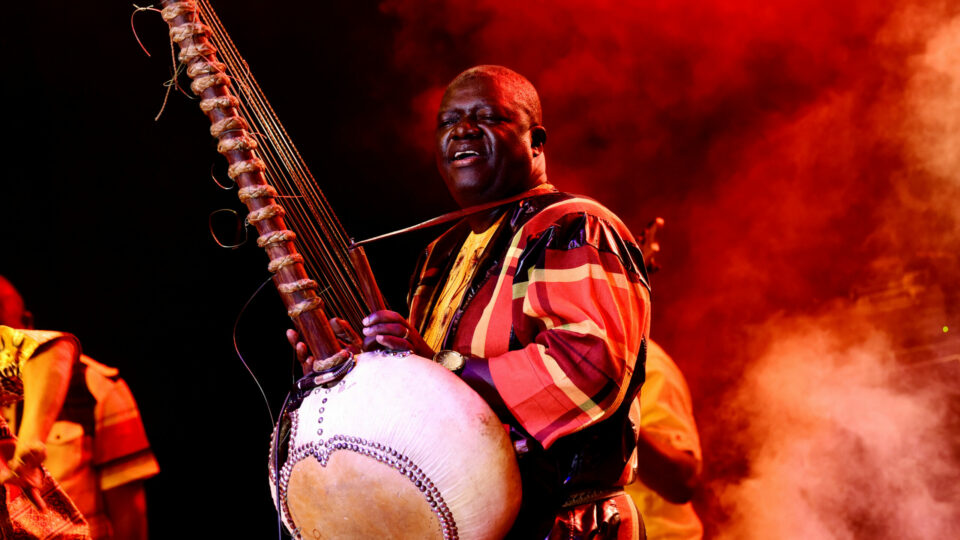Saint Louis (French: Saint-Louis) is named after Louis IX, a canonized 13th-century king of France.[4] Obliquely, the name also honored Louis XIV, the reigning king of France at the time of the island’s settlement in 1659. It was originally known as Saint Louis of the Fort (St-Louis-du-Fort) after its stronghold and to distinguish it from other places of the same name.
The Langue de Barbarie takes its name from the French for “Barbary Tongue”, after an old name for the land of the Berbers.
The local name Ndar or N’dar is Wolof for a kind of island and has been borne by the island since before the French settlement. Ndar Tout or Toute is a Gallicized form of a Wolof name meaning “Little” or “Lesser Saint Louis”.[5] The neighborhood of Guet Ndar takes its name from a Wolof word for “pasture”.
Saint-Louis is situated in northern Senegal, on the border with Mauritania, although the nearest border crossing is at Rosso, 100 km (62 mi) up the Senegal River.
The heart of the old colonial city is located on a narrow island a little more than 2 km (1.2 mi) long but only about 400 m (1,300 ft) wide. The island lies in the Senegal River. It is 25 km (16 mi) north of its mouth, but is only separated from the Atlantic Ocean to its west by the Langue de Barbarie, a 300 m (980 ft) wide sand spit. The Langue de Barbarie is the location of the seaside neighborhoods Ndar Toute and Guet Ndar. On the mainland, the east bank of the river is the site of Sor, an older settlement now considered a suburb of Saint-Louis. It is nearly surrounded by tidal marshes.
Three characteristics give Saint-Louis its distinctive geographic appearance: the Sahel, the marshes and the Langue de Barbarie.
 AdvenTour!
AdvenTour! 